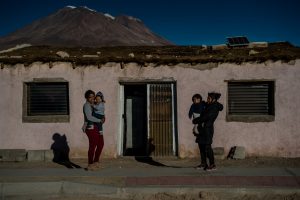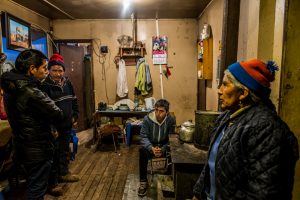Chile’s renewable energy program is drastically changing the way that rural areas are living their lives. Since 2014, when the electric market was opened up to the private sector and renewable energy was incentivized, many of the villages who had no power at all, or had blackouts every day have been able to receive 24-hour a day power. In the past, much of Chile’s renewable power has come from water, which has caused considerable amounts of flooding and the destruction of indigenous lands. However, the solar panels and wind farms have had little pushback or negative effects to the communities around them.
The installation of wind and solar farms has drastically changed the life of the people in rural communities, which tend to be poorer than communities in big cities. “Steady electricity has brought about both trivial and profound changes, he said. It’s possible to have ice cream now. More significantly students used to be sent to larger cities to continue their education after eighth grade. But soon, the village will have a high school.” (Ernesto Londoño) Bringing power to more remote indigenous villages allows them to be connected to the world while also being able to maintain the traditions of their towns and families.
This article relates to the geographical history which we have discussed in class, through the article’s discussion of the conditions in Chile that make it an optimal country to have an extensive amount of renewable power. This article also connects in showing the lives of indigenous peoples now, and showing how indigenous peoples are a group who did not just disappear after Spanish colonization, but now live modern lives.
LONDOÑO, ERNESTO. “Chile’s Energy Transformation Is Powered by Wind, Sun and Volcanoes.” The New York Times, The New York Times, 12 Aug. 2017, www.nytimes.com/2017/08/12/world/americas/chile-green-energy-



